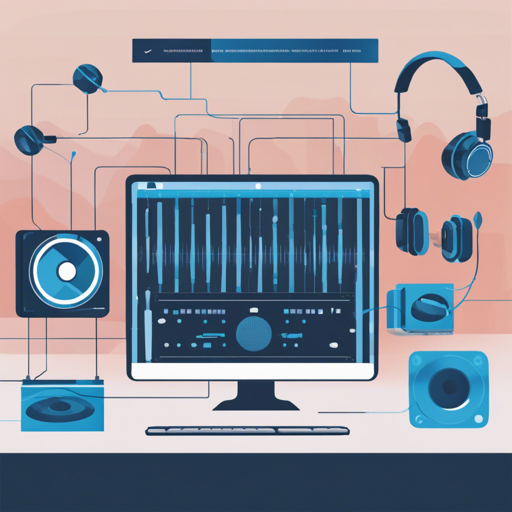Welcome to our guide on Qwen-Audio, your go-to model for tackling the challenges of audio understanding! Harnessing the power of advanced audio-language technology, Qwen-Audio is capable of interpreting diverse audio inputs including human speech, natural sounds, music, and more. This article will guide you through the setup process and provide insights into its functionalities.
Understanding Qwen-Audio
Before diving into implementation, it’s vital to understand what makes Qwen-Audio unique. Think of it as a refined chef in a bustling kitchen. Just as a chef masterfully manages various ingredients to create exquisite dishes, Qwen-Audio leverages multiple audio inputs to generate meaningful text outputs. Whether it’s a song, a natural sound, or spoken word, Qwen-Audio is engineered to comprehend and synthesize responses. Let’s look into how we can utilize it effectively!
Requirements
- Python 3.8 and above
- PyTorch 1.12 and above (2.0 and above recommended)
- CUDA 11.4 and above (if using GPU)
- FFmpeg
Quickstart: Getting Started with Qwen-Audio
To commence your journey with Qwen-Audio, follow these simple steps:
Step 1: Setup the Environment
Before running the Qwen-Audio code, ensure your environment is configured and that all required packages are installed.
pip install -r requirements.txtStep 2: Using Qwen-Audio for Inference
Now you are ready to use Qwen-Audio! Below is a straightforward example of how to initiate the model:
from transformers import AutoModelForCausalLM, AutoTokenizer
from transformers.generation import GenerationConfig
import torch
torch.manual_seed(1234)
tokenizer = AutoTokenizer.from_pretrained("Qwen/Qwen-Audio", trust_remote_code=True)
# Load the model, choose your configuration
model = AutoModelForCausalLM.from_pretrained("Qwen/Qwen-Audio",
device_map="cuda",
trust_remote_code=True).eval()
audio_url = "https://qianwen-res.oss-cn-beijing.aliyuncs.com/Qwen-Audio/1272-128104-0000.flac"
sp_prompt = "<|startoftranscript|><|en|><|transcribe|><|en|><|notimestamps|><|wo_itn|>"
query = f"{sp_prompt}"
# Process your audio query
audio_info = tokenizer.process_audio(query)
inputs = tokenizer(query, return_tensors='pt', audio_info=audio_info).to(model.device)
# Generate a response
pred = model.generate(**inputs, audio_info=audio_info)
response = tokenizer.decode(pred.cpu()[0], skip_special_tokens=False, audio_info=audio_info)
print(response)
In this code, we initialize the tokenizer and model, process an audio input, and generate text. Each step is crucial in setting up the Qwen-Audio framework, similar to how a chef must gather ingredients, prepare them, and then cook!
Troubleshooting
While using Qwen-Audio, you might encounter a few hiccups. Here are some troubleshooting tips:
- Environment Issues: Ensure your Python version and PyTorch are up-to-date.
- Model Loading Failure: Double-check the model path and ensure you have internet connection for remote loading.
- Audio Processing Errors: Confirm that the audio URL is valid and accessible.
For more insights, updates, or to collaborate on AI development projects, stay connected with fxis.ai.
Final Thoughts
At fxis.ai, we believe that such advancements are crucial for the future of AI, as they enable more comprehensive and effective solutions. Our team is continually exploring new methodologies to push the envelope in artificial intelligence, ensuring that our clients benefit from the latest technological innovations.
Now that you’re equipped with the essentials to get started with Qwen-Audio, let your audio understanding journey begin!

